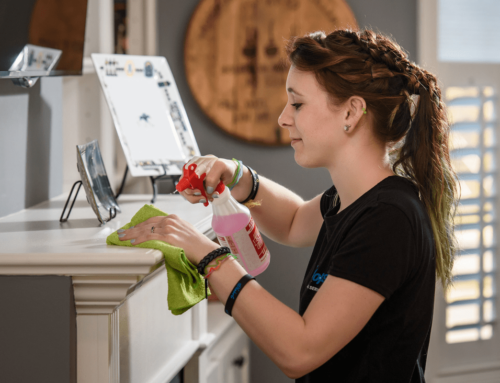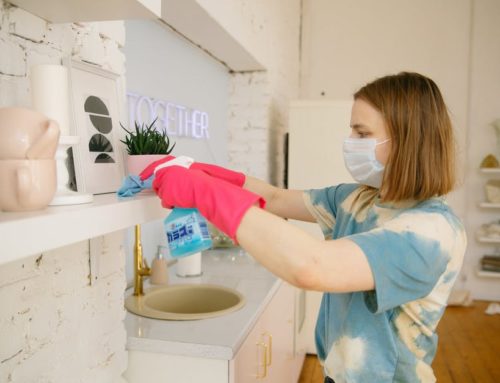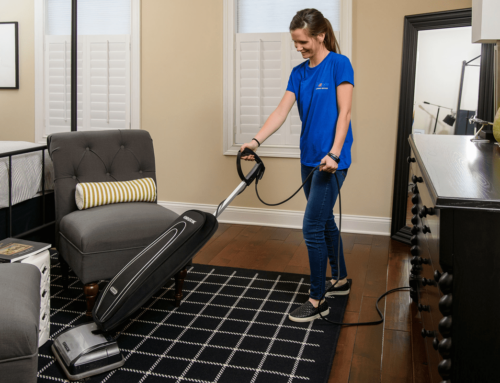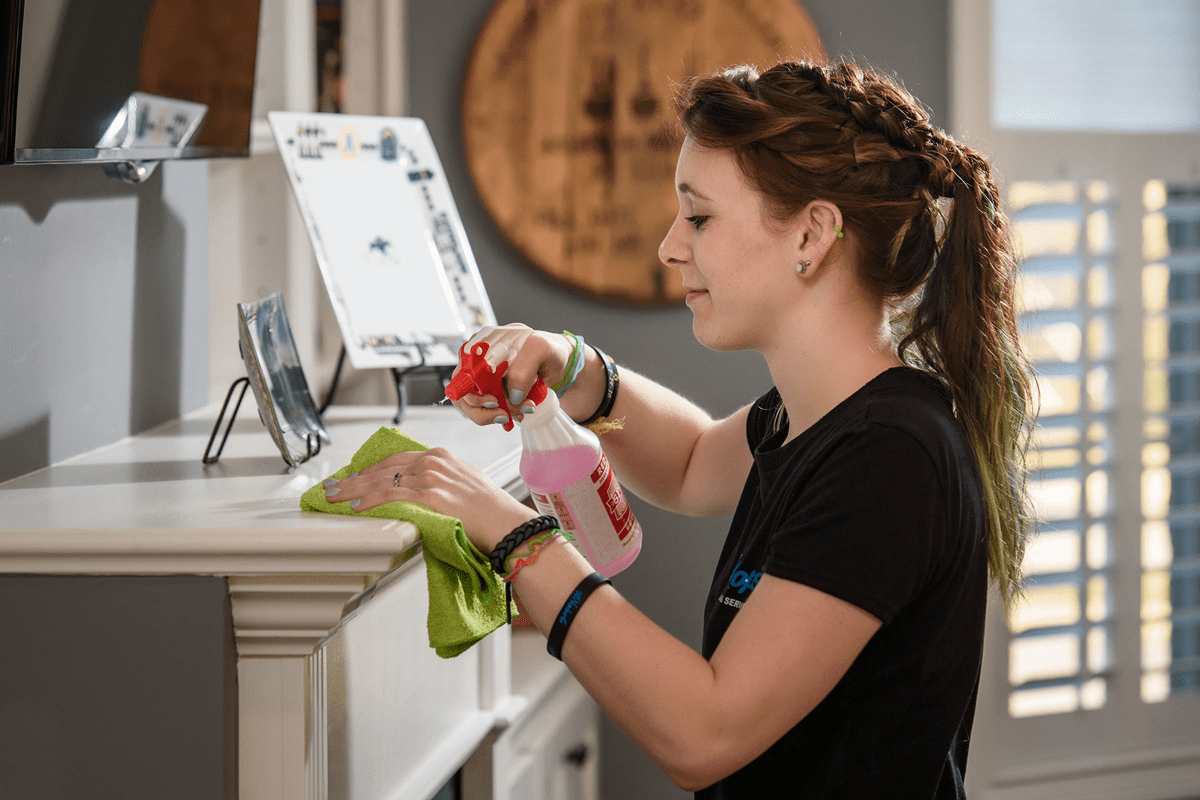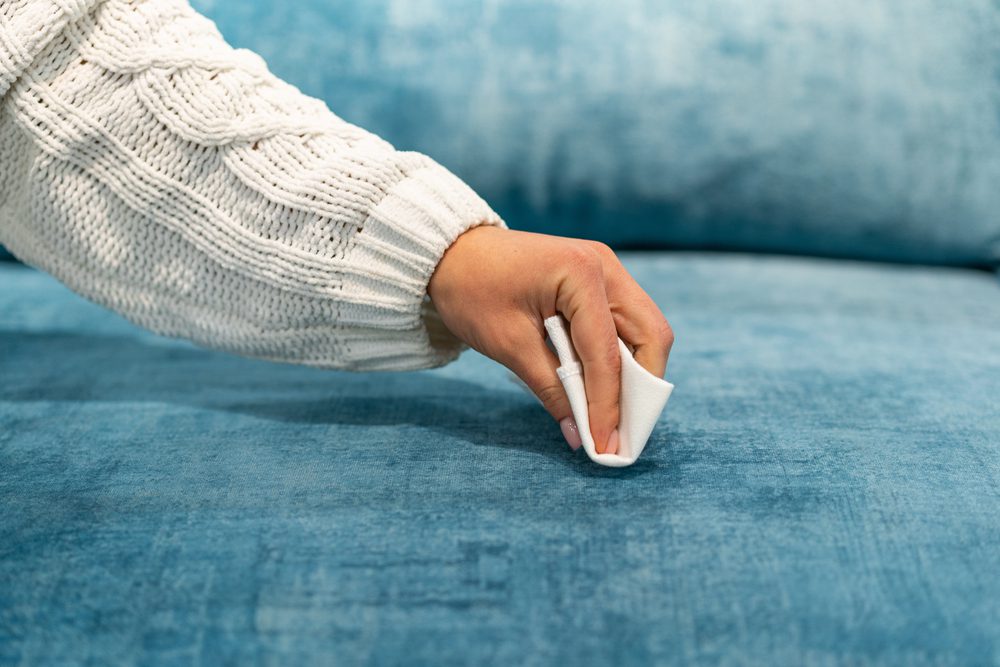
Stain Removal 101: Mastering the Art of Removing Stubborn Stains
Stains can be frustrating and challenging to remove, but with the right techniques and knowledge, you can conquer even the most stubborn blemishes. This article aims to empower individuals struggling with tough stains on various surfaces, providing them with effective stain removal techniques and recommendations tailored to different types of stains. Whether it’s food, ink, grease, or other common culprits, this comprehensive guide will equip you with the skills to tackle stains with confidence.
Stains can mar the appearance of our favorite fabrics, upholstery, carpets, and hard surfaces, making them look unsightly and worn out. Furthermore, stains can be an everyday occurrence, from accidental spills on clothing to marks left behind by children or pets. Removing stains requires a combination of the right approach, suitable cleaning agents, and prompt action. This article aims to guide you through the process of stain removal, empowering you to become a master at eliminating stubborn blemishes.
Understanding Different Types of Stains
Before delving into the stain removal techniques, it’s crucial to understand the different types of stains and their characteristics. Common stains include food, beverage, ink, grease, oil, rust, and more. Each type presents its own unique challenges, requiring specific treatment methods. By familiarizing yourself with the nature of different stains, you can adopt appropriate techniques to achieve successful results.
Pre-Treatment and Preparation
Effective stain removal begins with proper pre-treatment and preparation. Before applying any stain removal solution, it’s important to blot or scrape off any excess material from the stained surface. This helps prevent the stain from spreading or further embedding into the material. Additionally, pre-treating the stain by applying a suitable pre-treatment solution can enhance the chances of successful stain removal.
To prepare the stained surface, follow these steps:
- Identify the type of surface/material.
- Read and understand the manufacturer’s instructions, if applicable.
- Test a small, inconspicuous area to ensure the cleaning solution doesn’t cause any adverse effects.
- Gather the necessary cleaning agents and tools.
- Protect surrounding areas to prevent accidental damage.
General Stain Removal Techniques
When it comes to removing stains, several general techniques apply across different types of stains. These techniques form the foundation for effective stain removal. It’s important to note that not all techniques may be suitable for every stain or surface. Before attempting any method, always test it on a small, inconspicuous area to ensure it doesn’t cause any discoloration or damage.
Here are some general stain removal techniques to keep in mind:
- Blot, don’t rub: When treating stains, always blot them gently with a clean cloth or paper towel. Rubbing can spread the stain and push it deeper into the material.
- Work from the outside in: When treating large stains, start from the outer edges and gradually work your way toward the center. This helps prevent the stain from spreading further.
- Use cold water for most stains: Cold water is usually safe for treating most stains, especially those caused by water-soluble substances like food, beverages, and ink.
- Act quickly: Prompt action is crucial for successful stain removal. The longer a stain sits, the more challenging it becomes to remove. Treat stains as soon as possible to maximize your chances of success.
- Avoid heat: Heat can set certain types of stains, making them more difficult to remove. Avoid using hot water or applying heat to stained surfaces unless specifically recommended.
Removing Specific Types of Stains
Each type of stain requires a specific approach for effective removal. Let’s explore some common stains and the recommended methods to tackle them:
Food Stains
Food stains can be caused by a variety of substances, such as sauces, oils, or beverages. To remove food stains:
- Scrape off any excess food using a dull knife or spoon.
- Rinse the stain with cold water to dilute and remove as much of the stain as possible.
- Apply a small amount of liquid dish soap or a stain-specific detergent directly to the stain.
- Gently rub the detergent into the stained area using a soft brush or cloth.
- Rinse thoroughly with cold water and repeat if necessary.
Ink Stains
Ink stains can be particularly stubborn, but with the right approach, they can be successfully removed. To tackle ink stains:
- Blot the stain with a clean cloth or paper towel to absorb as much ink as possible.
- Apply rubbing alcohol or an ink stain remover directly to the stained area.
- Gently blot the stain, moving from the outer edges toward the center, to transfer the ink onto the cloth.
- Rinse the area with cold water and repeat the process until the stain is removed.
Grease and Oil Stains
Grease and oil stains can be challenging to remove, especially from fabrics and carpets. Follow these steps to tackle grease and oil stains:
- Blot the stain with a clean cloth or paper towel to remove any excess grease or oil.
- Sprinkle a generous amount of baking soda or cornstarch on the stain.
- Allow the powder to sit on the stain for 15-20 minutes to absorb the grease or oil.
- Vacuum or brush off the powder, and if necessary, repeat the process.
- Apply a small amount of liquid dish soap or a stain-specific detergent directly to the stain.
- Gently rub the detergent into the stained area using a soft brush or cloth.
- Rinse thoroughly with cold water and repeat if necessary.
Natural and Homemade Stain Removal Solutions
For those who prefer natural and homemade alternatives, there are various ingredients that can effectively remove stains without harsh chemicals. Here are a few examples:
- Lemon juice: Effective for removing rust stains and lightening yellow stains on clothing.
- Vinegar: Works well on coffee and tea stains, as well as certain types of fabric stains.
- Baking soda: Useful for absorbing odors and removing grease and oil stains.
- Hydrogen peroxide: Suitable for removing tough stains like blood and wine.
To use these natural solutions, apply them directly to the stained area, let them sit for a few minutes, and then rinse thoroughly with cold water. Always test these solutions on a small, inconspicuous area before using them extensively.
Upholstery and Fabric Stain Removal
Stains on upholstery and fabric surfaces can be a cause for concern, but with the right approach, they can be successfully removed. Here are some tips for upholstery and fabric stain removal:
- Read the manufacturer’s cleaning instructions and follow them carefully.
- Blot the stain with a clean cloth or paper towel to remove any excess material.
- Identify the type of fabric and choose an appropriate cleaning method accordingly.
- Apply a small amount of upholstery or fabric cleaner directly to the stain.
- Gently blot the stain using a clean cloth, working from the outer edges toward the center.
- Rinse the area with cold water and repeat the process until the stain is removed.
- Allow the fabric to air dry thoroughly before using it again.
Carpet Stain Removal
Carpets are prone to stains, whether from accidental spills, pet accidents, or heavy foot traffic. To effectively remove stains from carpets:
- Blot the stain with a clean cloth or paper towel to absorb as much liquid as possible.
- Mix a solution of warm water and mild liquid dish soap.
- Apply the solution to the stained area using a sponge or soft brush.
- Gently scrub the stain, working from the outer edges toward the center.
- Rinse the area with clean water and blot dry with a clean cloth.
- If the stain persists, consider using a carpet stain remover or consult a professional cleaner.
Stain Removal from Hard Surfaces
Hard surfaces like countertops, floors, and tiles can also fall victim to stubborn stains. Here’s how to effectively remove stains from hard surfaces:
- Identify the type of surface and choose a suitable cleaning agent accordingly.
- Mix a cleaning solution by diluting the appropriate cleaner in water.
- Apply the solution to the stained area using a sponge or cloth.
- Scrub the stain gently, paying attention to any crevices or grout lines.
- Rinse the area with clean water and dry it thoroughly.
- For tough stains, repeat the process or use a specialized stain remover if recommended.
Treating Stubborn and Set-In Stains
Some stains may prove more challenging to remove, especially if they are stubborn or have set into the material. In such cases, you may need to employ advanced stain removal techniques or seek professional assistance. Here are some options to consider:
- Steam cleaning: Effective for deeply embedded stains or large surface areas.
- Stain-specific treatments: Look for specialized stain removal products tailored to specific types of stains.
- Professional cleaning services: If all else fails or the stain is particularly stubborn, consult a professional cleaner who can provide expert assistance.
Preventing Future Stains
While effective stain removal is essential, preventing stains in the first place is equally important. Here are some tips to help you avoid future stains:
- Treat spills and stains immediately: Acting quickly can prevent stains from setting and becoming more difficult to remove.
- Use stain-resistant products: Consider purchasing stain-resistant fabrics, carpets, and furniture, which are designed to repel liquids and resist staining.
- Establish cleaning routines: Regularly clean and maintain surfaces, fabrics, and carpets to prevent dirt and stains from accumulating.
- Implement preventive measures: Use coasters, placemats, and protective covers to shield surfaces from potential stains.
- Practice caution: Be mindful of what you consume or use in areas prone to staining, such as near carpets, upholstery, or valuable surfaces.
In Conclusion..
Stains may seem like an inevitable part of life, but with the right knowledge and techniques, you can master the art of removing stubborn blemishes. By understanding the different types of stains, implementing appropriate pre-treatment and cleaning methods, and being proactive in stain prevention, you can ensure that your surfaces, fabrics, and carpets remain clean and pristine. With the information provided in this article, you now have the tools to confidently tackle stains and maintain the beauty of your belongings.
Share this article
Follow us
A quick overview of the topics covered in this article.
- Understanding Different Types of Stains
- Pre-Treatment and Preparation
- General Stain Removal Techniques
- Removing Specific Types of Stains
- Natural and Homemade Stain Removal Solutions
- Upholstery and Fabric Stain Removal
- Carpet Stain Removal
- Stain Removal from Hard Surfaces
- Treating Stubborn and Set-In Stains
- Preventing Future Stains
- In Conclusion..



